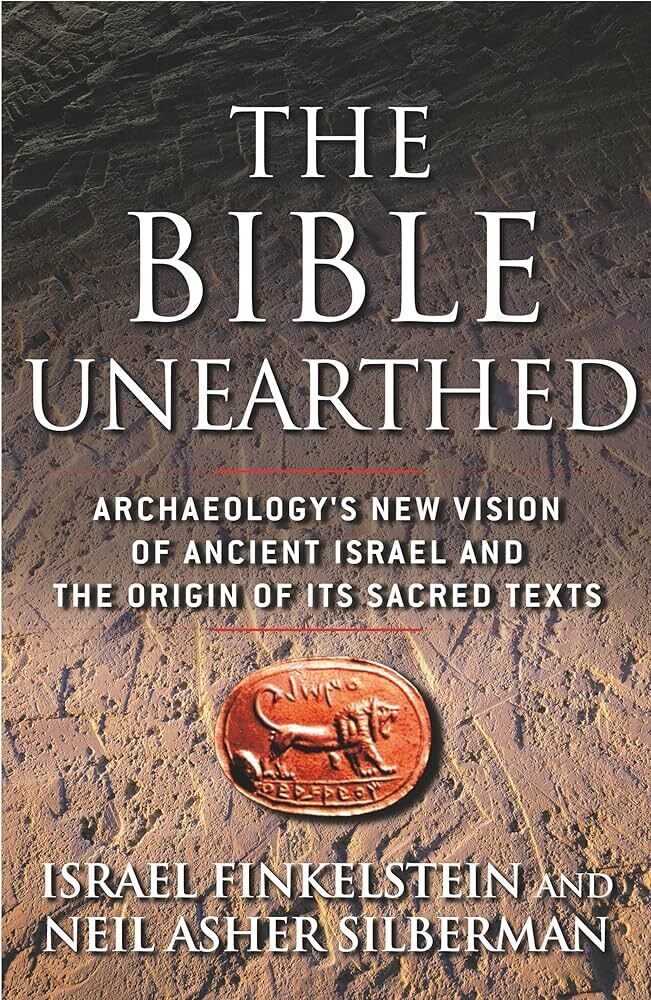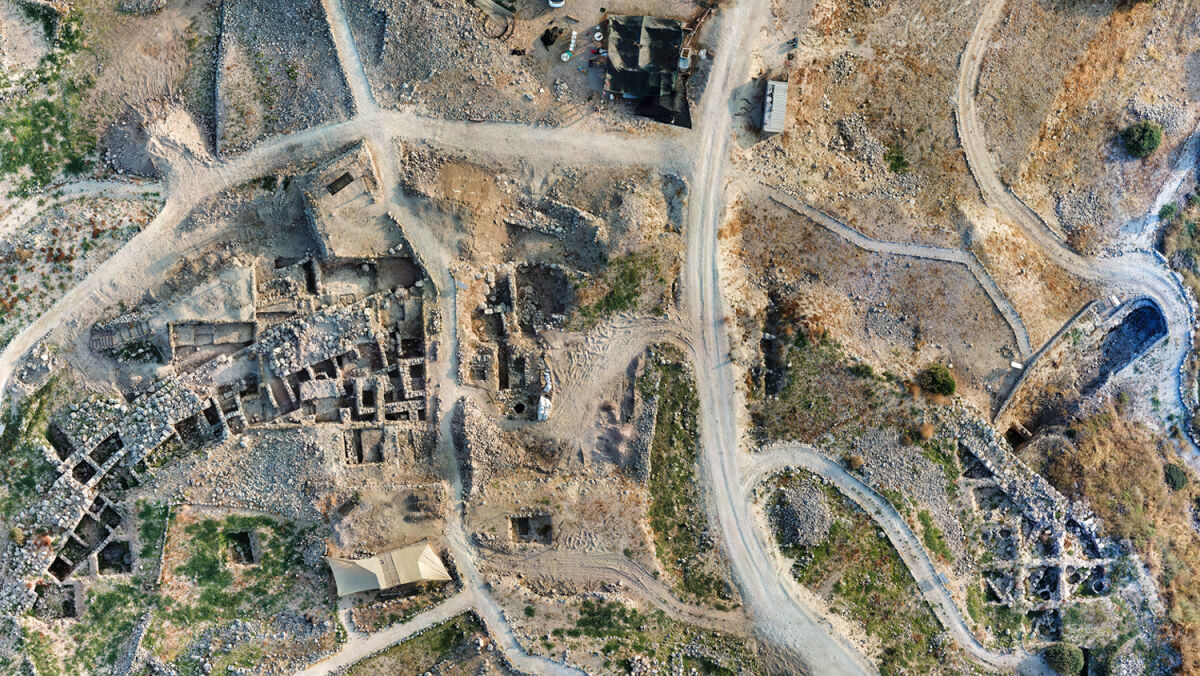Shiloh Sacrifices: Canaanite or Israelite?
A fairly mainstream scholarly opinion holds to the autochthonous emergence of the Israelites within Canaan—that Israelites were simply an outgrowth of the Canaanites, that there was no Exodus, and that Canaanite practices, including religious ones, were merely perpetuated and gradually developed by the Israelites. As Teresa Watanabe’s 2001 Los Angeles Times article “Doubting the Story of the Exodus” summarizes: “[With] a lack of evidence for Joshua’s conquests in the 13th century b.c.e. and the indistinguishable nature of pottery, architecture, literary conventions and other cultural details between the Canaanites and the new settlers … the case for a literal reading of Exodus all but collapses.”

This was further expounded upon in Prof. Israel Finkelstein and Neil Asher Silberman’s infamous work, which came out around the same time: The Bible Unearthed: Archaeology’s New Vision of Ancient Israel and the Origin of its Sacred Texts. “Excavation of early Israelite villages … surprisingly reveals that the people who lived in those villages were indigenous inhabitants of Canaan who only gradually developed an ethnic identity that could be termed Israelite,” Finkelstein and Silberman wrote. They went on:
The process that we describe here is, in fact, the opposite of what we have in the Bible: The emergence of early Israel [at the end of the 13th century b.c.e.] was an outcome of the collapse of the Canaanite culture, not its cause. And most of the Israelites did not come from outside Canaan—they emerged from within it. There was no mass Exodus from Egypt. There was no violent conquest of Canaan. Most of the people who formed early Israel were local people—the same people we see in the highlands throughout the Bronze and Iron Ages. The early Israelites were—irony of ironies—themselves originally Canaanites!
One line of evidence for this—a case in point—is Shiloh, ancient Israel’s judges-period capital, ritual center of the tabernacle. One of the pioneer excavators of Shiloh was Professor Finkelstein himself, during whose excavations a favissa, or ritual sacrificial dump, was excavated at the northeast edge of the city. The accumulation contained sacrificial remains primarily from the Late Bronze i–ii periods onward, with a posited starting date of somewhere around 1500 b.c.e. Evidence of later Iron Age i sacrificial remains were also discovered in this area. On the basis of a late-date, 13th-century b.c.e. Exodus or autochthonous emergence at this time, this would infer that the Israelites more or less continued to perpetuate the general sacrificial system already established at the site.
But were the sacrificial deposits really Canaanite to begin with?

Dr. Scott Stripling, the current director of excavations at Tel Shiloh (and an early-date Exodus/conquest proponent), sees things differently. In a recent interview, “The Favissa (Sacred Dump),” Stripling described the initial discovery of the favissa by Finkelstein’s team in the early 1980s:
[The favissa] was full of pottery from the Late Bronze Age ii period—beautiful, beautiful Late Bronze Age ii pottery. So Finkelstein dated it to LB i-ii, so it was very broad, but he felt like it was probably in the earlier part of LB i, and he thought these were Canaanite sacrifices. So in his view, the Canaanites were sacrificing on the summit of the tel. When the Israelites arrived around 1200 (or something like this, in his view), they scraped off all these remnants of the sacrificial system—bones and so forth—and then dumped them into a secondary deposit on the east side.
I see that differently. I now feel like this is a primary deposit. We very carefully excavated and we see micro-stratigraphy, where it was laid down over a period of time; we also have a sequence of radiocarbon dates, which help us date the favissa as well. … Our view is that the Israelites arrived around 1400 b.c.e. at Shiloh, and in fact that is where the pottery dates to, that’s where the carbon dates point us to, and it’s very consistent. We have this horizon—what I would call the LB ib/LB iia horizon around the year 1400, and then continuing on for about a century, in some cases even more, within this sacred deposit. So we agree on the material that is there; the dating of it and the interpretation of it, our view is a little different.
Rather than the Israelites coming along later to the site and simply carrying on the same sacrificial practices, Dr. Stripling believes—following an early Exodus model—that it was the Israelites who were responsible for them from the outset. He went on to explain why the initial “Canaanite” attribution was adopted:
If “Israelites” aren’t arriving until around 1200, then it has to be Canaanite. What else can it be? So [Finkelstein] published it as such. And then that’s all scholars had to go by. For example, when [early-date proponent] Bryant Wood wrote an article on Shiloh in the Zondervan Archaeological Study Bible, he basically cites Finkelstein, that it was a Canaanite sacrificial area, and then the Israelites arrived at this and sort of “took over” the sacrificial system there. That’s all the data that Bryant had to go by.
Finkelstein, from a micro level, is dating this [to LB i, circa 1500 onward] using pottery. But what we have done is gone back and looked extensively at his pottery, and there’s nothing within that corpus that did not exist in LB ii, as well as in LB i, plus the LB ii forms which did not exist in LB i. With the assistance of Bob Mullen, who is of course an expert in this area, we’ve really been able to calibrate the dating using the pottery and the radiocarbon dates.”
Were the early Israelites, then, simply perpetuating a near-identical Canaanite sacrificial system at Shiloh? This is the required conclusion, based upon a late-date model. Yet the latest evidence from Shiloh, and an early-date Exodus/conquest model, allows for an entirely opposite scenario that such a sacrificial system was Israelite to begin with.
Returning to the aforementioned Los Angeles Times quote: “[With] a lack of evidence for Joshua’s conquests in the 13th century b.c.e. and the indistinguishable nature of pottery, architecture, literary conventions and other cultural details between the Canaanites and the new settlers … the case for a literal reading of Exodus all but collapses.” I would argue that a literal reading precludes a 13th-century b.c.e. Exodus and conquest, instead favoring the 15th century b.c.e. (thus explaining, in part, the “indistinguishable conventions” of the inhabitants of the land on either side of the 13th century)—that this earlier period is the one better borne out by the evidence, militarily (as outlined in our cover story) as well as sacrificially.